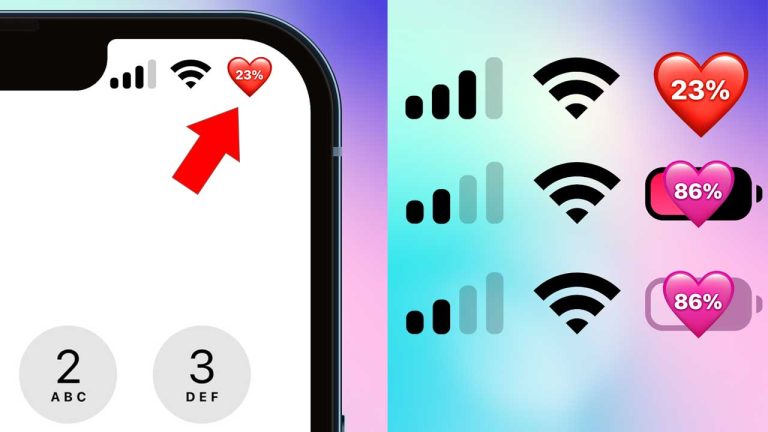Understanding Wireless Reverse Charging
Wireless reverse charging is a modern technology that allows one device to wirelessly charge another device. It essentially turns your smartphone or compatible gadget into a wireless charging pad. This feature is gaining popularity in high-end smartphones and some wearables.
How Wireless Reverse Charging Works
Wireless reverse charging uses the same principle as standard wireless charging, called inductive charging. Inside the device, there is a coil that generates an electromagnetic field. When another device with a compatible coil is placed close to it, the energy transfers wirelessly, charging the battery.
Devices That Support Wireless Reverse Charging
Many flagship smartphones from brands like Samsung, Huawei, and Xiaomi have this feature. For example, Samsung calls it Wireless PowerShare. Huawei refers to it as Reverse Wireless Charging. This feature is often available in premium models because it needs specialized hardware and battery capacity to support charging other devices.
Charging Other Devices on the Go
Wireless reverse charging is very helpful when you’re traveling or away from a charger. You can use your phone to charge accessories like wireless earbuds, smartwatches, or even another phone. It’s convenient in emergencies when someone else’s phone is out of power.
Limitations of Wireless Reverse Charging
Although it is a futuristic feature, wireless reverse charging comes with some drawbacks. It is slower compared to wired charging. The charging efficiency is lower, meaning it takes longer to fill up the battery. Also, it consumes the host device’s battery quickly, which can be a problem if your own phone is not fully charged.
How to Enable Wireless Reverse Charging
On most phones, you can enable wireless reverse charging through the settings menu. Once activated, place the device you want to charge on the back of your phone. The devices should align properly for the coils to connect. Some phones automatically turn off reverse charging if nothing connects within a few minutes to save battery.
Safety and Heat Considerations
Wireless reverse charging generates heat. Most smartphones monitor the temperature and will automatically stop charging if the device becomes too hot. It is recommended not to use this feature for long periods continuously, especially in hot environments.
Is Wireless Reverse Charging Useful?
For many people, it’s a lifesaver in specific situations. It’s not meant to replace regular charging methods but serves as a handy backup. Being able to share your battery with a friend or top up your earbuds before heading out makes this feature quite practical.
The Future of Wireless Reverse Charging
Technology is evolving quickly. Future improvements will likely make wireless reverse charging faster and more efficient. We may see it becoming standard across more mid-range smartphones and even tablets or laptops, expanding its usefulness.
Wireless reverse charging is a clever addition to modern gadgets that highlights how far battery and charging technology have come. While it has its limitations, it offers unique flexibility and peace of mind in situations where carrying a charger is not possible. As technology progresses, this feature will only become more common and more efficient.





